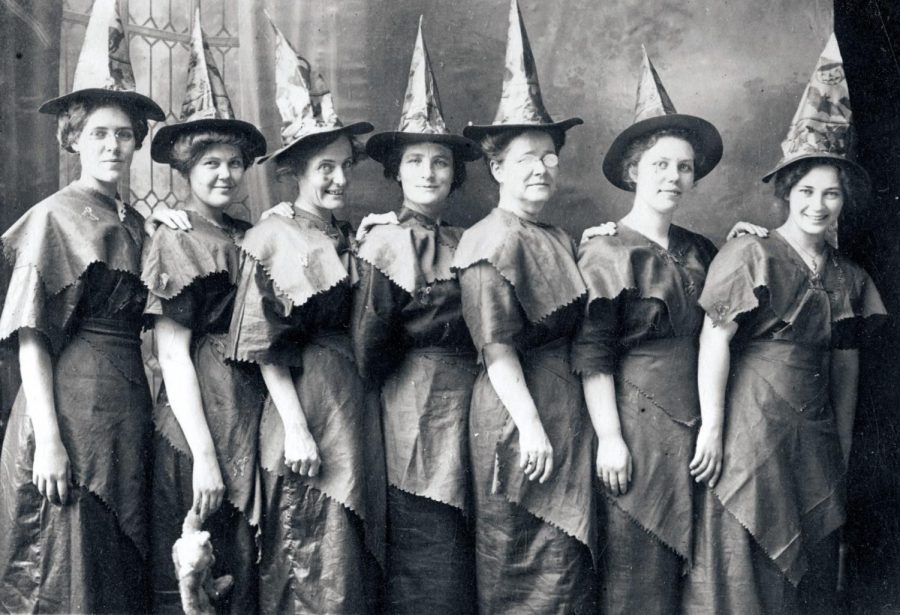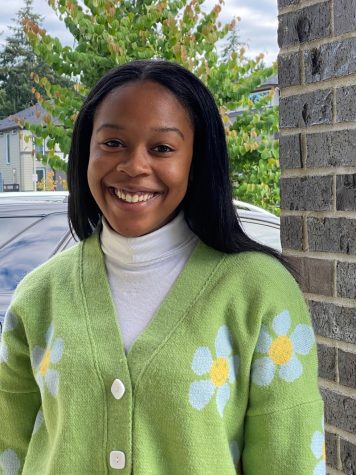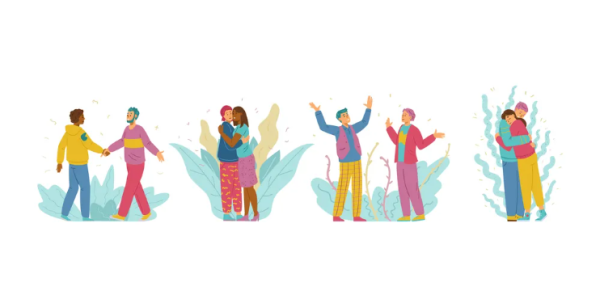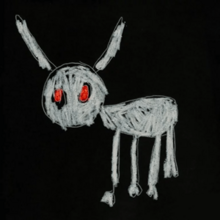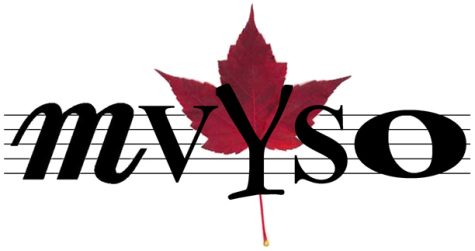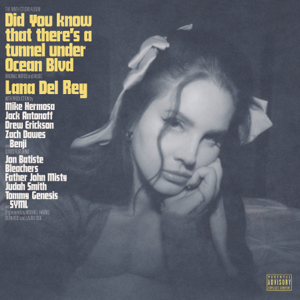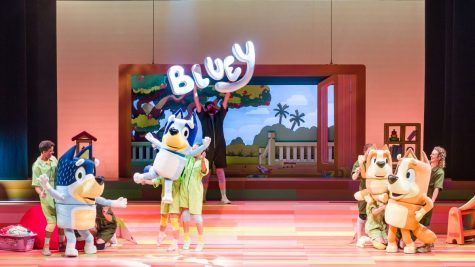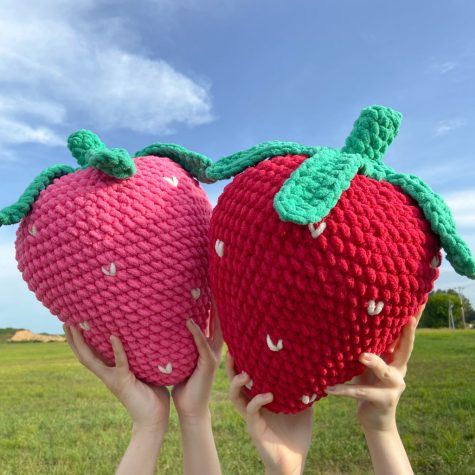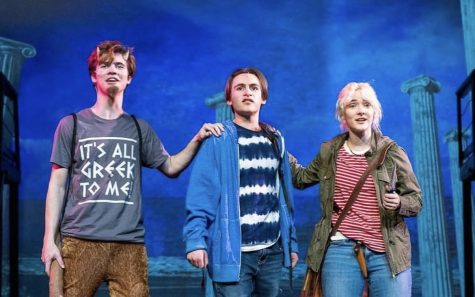The Haunting History of Halloween
The origins of our favorite fall traditions.
A group of women dress up as witches in the early 1910s.
October 6, 2020
Trick or treating, haunted houses, and carving pumpkins. Halloween is a favorite holiday among all generations, seeming to date back centuries. These popular Halloween traditions have been around for as long as we can remember, yet their origins are never heard of. Various tales and rumors have always existed, so where did these traditions come from? Here are the best explanations.
The creation of Halloween dates back to the Samhain festival: an ancient holiday celebrated on October 31. According to History.com, the Celts “…believed that the dead returned to earth on Samhain.” On this sacred holiday, people offered sacrifices and paid their respects to the dead. It was often recorded that during Samhain celebrations, civilians would dress in costumes made from animal skins to ward off evil spirits. As time went on, wearing a costume became more of a custom as people would dress as ghosts or demons to entertain.
Often when we think of Halloween, trick or treating is the first activity that comes to mind. On Halloween, the idea ofchildren committing identity theft and knocking on a stranger’s door until given candy is the norm. Attributing back to the Celts, trick or treating was a result of Christianity expanding throughout Celtic territory. On a holiday dubbed All Souls’ Day, the less fortunate would visit the wealthy and receive baked goods in exchange for the promise of prayer for the homeowner’s deceased family. On the other hand, instead of promising a prayer, Scottish and Irish children would tell a joke or play a “trick” on the homeowner in exchange for a gift. Due to immigration, these traditions spread to America, where Scottish and Irish communities introduced trick or treating to Americans; gaining more popularity in the 1930s.
Trick or treating soon evolved into other activities such as carving pumpkins. Carving pumpkins into Jack-o-Lanterns began with the folk-tale “Stingy Jack”, revolving around a mischievous man who is sentenced to roam the world for eternity due to actions during his life. As a spirit, he placed lit coal into turnips and scared children. Receivers of the story began to refer to the character as “Jack of the Lantern”, which later evolved into Jack O’Lantern. Soon many began carving lanterns into multiple mediums such as beets, potatoes, and eventually pumpkins.
A more modern tradition for Halloween is going to a haunted house. As recorded by the Smithsonian, the inspiration for haunted houses started with Marie Tussaud, who frightened British audiences with “…wax sculptures of decapitated French figures…” She named this exhibition the “Chamber of Horrors”, a name quite fitting. Little did Tussaud know, this exhibit was merely the beginning of terrifying displays. During the Great Depression, American homeowners became annoyed with the severe pranks being committed on their homes. In order to scare children, parents would host what were called “house-to-house” parties, in which children would travel around the neighborhood and walk through homes decorated in a spooky manor. However, after Walt Disney’s Haunted Mansion became a crowd favorite, the idea of haunted houses took America by storm. The attractions became scarier and scarier and gained popularity among many. In this day and age, haunted houses are a recurring Halloween tradition.
Overall, Halloween remains an iconic part American childhood. It allows us to have a good time with friends and enjoy delicious treats along the way. Although Halloween will look very different this year, there’s always an activity for everyone. Stay safe and have a happy Halloween!

